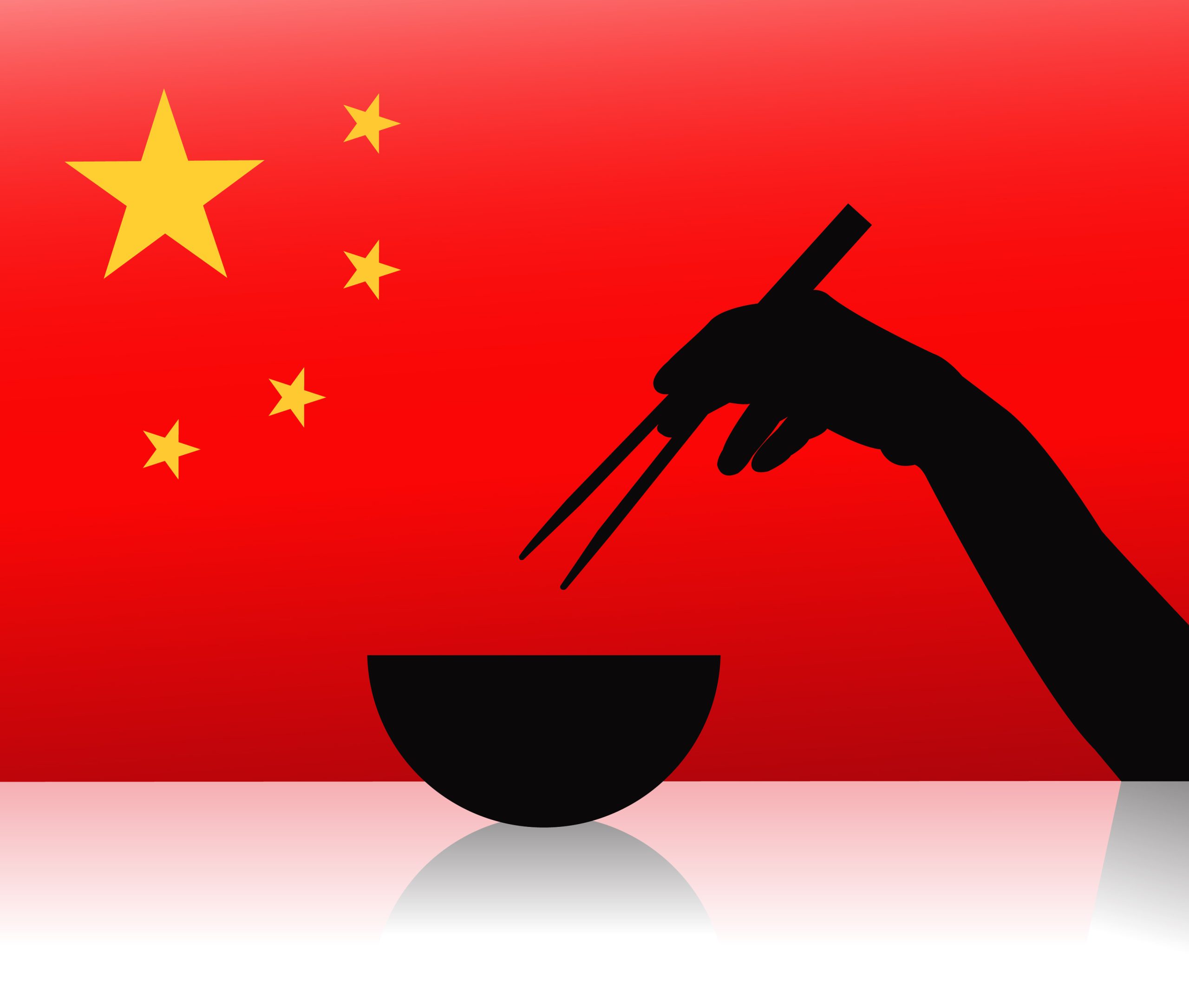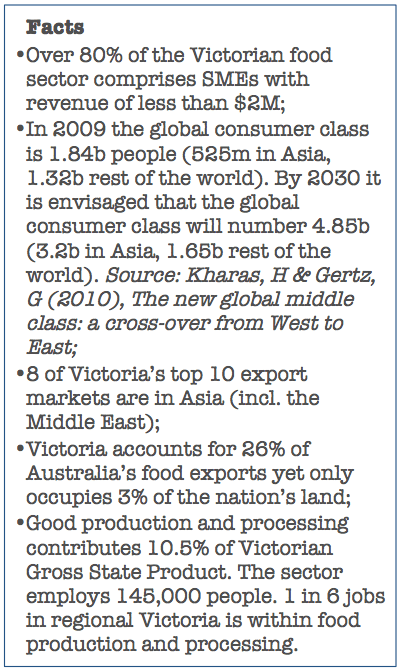The future of Fairfax Newspapers: Fairfax misses the boat
The recent, almost contradictory, leaked emails from Fairfax Newspapers CEO Greg Hywood suggest, on closer analysis, that the once proud mastheads of The Age and the Sydney Morning Herald are at least headed out of print some time in the near future or at worst, headed for the scrap heap.
In May, Hywood reported to staff that “We are no longer a print company… We know that at some time in the future we will be predominantly digital or digital only in our metropolitan markets.”
Recently he tried to retract that statement by saying “Why would Fairfax walk away from print? Over 75 per cent of our revenues are print-based. We have more than 200 titles across Australia and New Zealand.”
A quick unpacking of those two statements show that perhaps they can be reconciled if one adds the fact that 100% of Fairfax revenues have taken a major dive over the past few years and they own a bucket-load of regional, rural and suburban titles but their two Australian flagships continue to bleed.
To this observer it would appear that Fairfax have made at least a couple of strategic errors.
First, they assume they can turn the digital editions of their two leading mastheads into profitable businesses. They are very far from that objective and not really showing any meaningful progress.
Second, they thought the answer to their falling readerships was to become the ‘anti-Rupert’.
News Ltd’s tabloids are known to be right-of-centre and a platform for their owner’s political leanings (or interests more like – but that has always been the case with any media organisation dominated by a founder or family).
Fairfax seem to have figured that they should move to the left in pursuit of the alternate ‘progressive’ readership and jettison balanced, factual reporting for speculative, assertive, cause-and-opinion-based journalism.
Problem is they forget that Rupert has spent decades turning his tabloids (and let’s remember that the term is a synonym for not a very serious paper) into sports and social reporting organs first, with a modicum of daily news thrown in to bolster the Opinion Pieces.
Everyone knows that’s what you get.
The Editors of the daily News Ltd tabloids know only too well their readers mostly read the paper from the back first.
The Age and the SMH used to be positioned as serious broadsheets with in depth analysis and comprehensive impartial coverage of local, national and world affairs.
So exactly how did they figure that becoming tabloid ‘red-rags’ was going to work?
Slavish following of any one party line by a “serious newspaper” is ultimately self-destructive – it’s unbalanced and alienates readers. The tabloids however can thrive on it.
You may ask why are not the left leaning or ‘progressive’ readers not scooping up copies of the hyper –current-government – critical new Fairfax productions?
Perhaps they are overrepresented in the ranks of the media listeners, watchers and readers who seek their news from many diverse and various sources, i.e. online, through social media and the plethora of other ways ‘news’ can be consumed today. Perhaps they haven’t formed the lifelong purchase habits of their more conservative, more working class brethren – or perhaps they just don’t feel the need to put their money where their mouth is.
One thing is for certain, News Ltd, for better or worse, knows how to get their readers in and keep them. And if it is sport as religion that does it, so be it.
On any analysis the picture is not good for Fairfax. Each time I pass the glittering, but abandoned Age print factory in Tullamarine on the way to the airport, I reflect on the imminent demise of another once great brand that totally missed the new technology revolution, which ironically they reported on.
A little while ago that larrikin businessman John Singleton flirted with buying Fairfax’s radio assets and he was arrogantly ignored and dismissed. His blast in return (as reported in The Australian) is not only vintage Singo but also great to see as an example of what people really think when the mask of corporate civility is removed.
Singo made his views clear on the future of the Australian Financial Review, I’m willing to put money (not a lot, mind you) on The Age and SMH not lasting another 18 months in print or perhaps any form.
That would be a sad outcome.
JK






